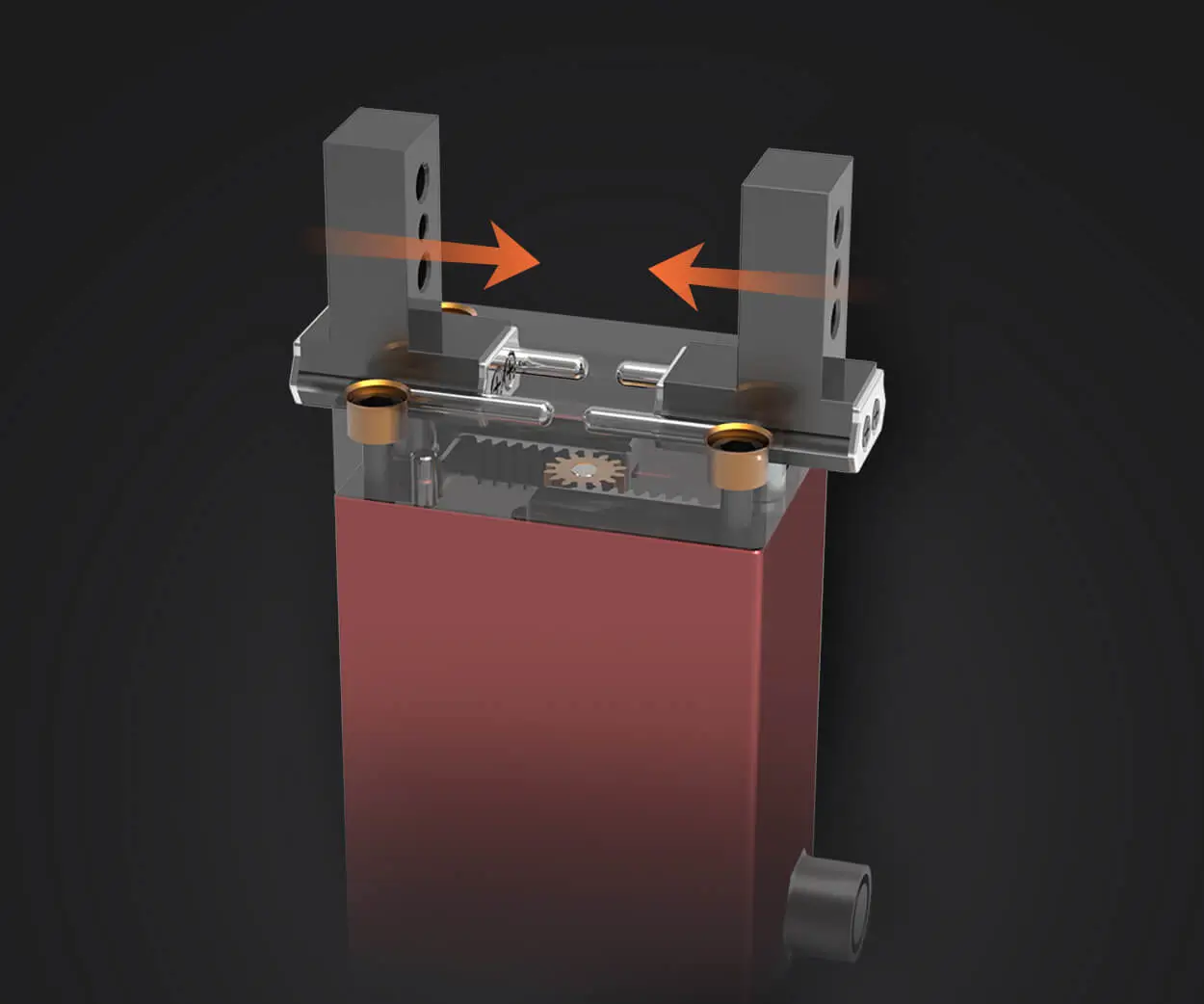In today's rapidly evolving tech world, businesses are constantly on the lookout for ways to make their systems more efficient and scalable. One of the most innovative solutions to this challenge is adopting microservices architecture, a model that offers flexibility, speed, and a high degree of automation. But implementing microservices alone isn't enough—there’s something that can take your microservices strategy to the next level: the API Gateway.

What exactly is an API Gateway, and why does it matter in microservices? To put it simply, it's like the traffic controller of your system. Imagine you've built a massive complex of interconnected services. Without an API Gateway, each service would have to communicate directly with the others. That’s messy and inefficient, right? The API Gateway acts as the single entry point, helping manage all the requests, routing them to the right microservice, and ensuring everything runs smoothly.
So, why do so many companies swear by it? The API Gateway is the ultimate enabler of a smooth user experience. Instead of hitting each individual microservice, users make a single call to the Gateway, which decides where to send the request. This streamlines operations, reduces latency, and helps scale the entire architecture without getting bogged down in complexity.
Here’s the thing: as businesses grow, their systems can become sprawling and disjointed. Handling dozens, or even hundreds, of microservices becomes a daunting task. With an API Gateway, you can centralize security, logging, monitoring, and load balancing all in one place. Instead of having separate configurations for each microservice, the API Gateway simplifies that and adds a much-needed layer of control.
Let’s talk about flexibility. Have you ever tried integrating new features into a growing system, only to realize that doing so disrupts everything else? With microservices and the API Gateway, this becomes a thing of the past. The Gateway can seamlessly integrate new services or features without requiring a complete overhaul of the system. You can add services to meet new customer demands without causing unnecessary downtime or service interruptions.
But let’s get real for a second. Is it all rainbows and butterflies? Of course not. Implementing an API Gateway requires planning. You need to ensure that it’s configured correctly, so your system doesn’t become too complex or overly reliant on the Gateway. But once that’s done, the benefits are undeniable.
In terms of performance, the API Gateway can act as a buffer, preventing your core services from becoming overloaded. By doing things like rate limiting, caching, and load balancing, it ensures your system performs at its best, even during peak times. It’s like a bouncer for your system, allowing only the necessary traffic through and keeping the bad stuff at bay.
The most important thing, though? It’s all about simplifying your system so that you can focus on what matters most—creating value for your customers. The API Gateway ensures that your microservices architecture isn’t just a technological marvel but a tool that actively drives business growth and efficiency.
Microservices and API Gateways are the future, and businesses that embrace this architecture will likely be the ones ahead of the game. By streamlining operations, enhancing flexibility, and improving performance, the API Gateway is essential for businesses looking to optimize their service delivery. If you’re not using it yet, it might be time to think about why not.
Established in 2005, Kpower has been dedicated to a professional compact motion unit manufacturer, headquartered in Dongguan, Guangdong Province, China. Leveraging innovations in modular drive technology, Kpower integrates high-performance motors, precision reducers, and multi-protocol control systems to provide efficient and customized smart drive system solutions. Kpower has delivered professional drive system solutions to over 500 enterprise clients globally with products covering various fields such as Smart Home Systems, Automatic Electronics, Robotics, Precision Agriculture, Drones, and Industrial Automation.




































